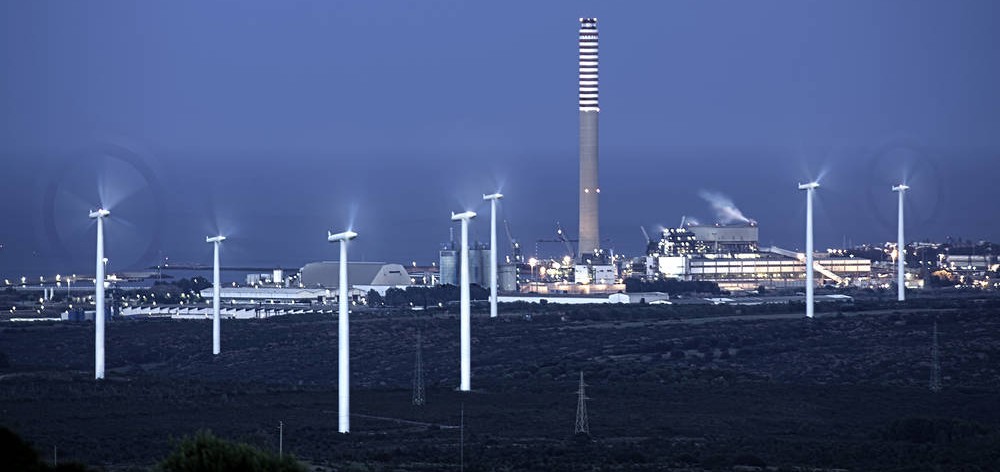Across Europe and North America, turbines cover certain parts of the landscape and use ever more advanced technology to convert the abundant gales and breezes into electricity. These CAD-engineered and millimetre-precise fan blades of tremendous size are the latest thing in renewable energy, yet at their core they don’t seem so advanced. They are still being made from balsa wood.
The thing is, for apparatus that requires sandwich panel construction and the powerful combination of being strong and lightweight, balsa wood has long been the most popular choice. The tree grows quickly and the overall stiffness in relation to the wood’s density add to its appeal. In Ecuador, where 95 per cent of the wood comes from, it’s big business.
Unfortunately, it is also expensive. And, because it’s a natural material, there’s no guarantee each tree will produce wood with the exact same properties. Variations in the grain mean the exacting specifications needed to meet the precise requirements of high-tech equipment, such as a turbine blade, can’t always be met.
These turbines need to be able to turn continuously for decades without maintenance. The largest have blades almost the length of a medium-sized jetliner’s wingspan – about 75 metres. So, to avoid any imperfections a high degree of material consistency is required, and that’s where 3D printing can help.
Using a combination of a new 3D extrusion printing process and a collection of fibre-reinforced epoxy-based thermosetting resins, the Harvard School of Engineering and Applied Sciences in partnership with the Wyss Institute for Biologically Inspired Engineering have managed to come up an ultra-rigid cellular composite that is extremely lightweight. Along with the total control they have over final production – being able to make every sheet identical – the mechanical properties are an improvement over both balsa wood and the current best commercially available 3D-printed polymers.
The real significance here is that 3D printing has been focussed largely on UV-curable resins and thermoplastics up to now, neither of which are ideal for a structural application. However, shifting emphasis to epoxies allows 3D printing to take a whole new route when it comes to creating materials for lightweight architectural use.
Essentially copying the basic cell design of balsa wood was the key to creating this new epoxy. Being able to offer the same or better properties as wood comes down to tiny silicon carbide threads and carbon fibres that have been used in the cellular makeup as fillers. The direction that the fillers are deposited in controls directly the strength of the material, like the grain in wood makes it easier to split going with it as opposed to going against it. In constructing the epoxy, the manufacturer has complete control over the alignment of the fillers.
Being able to create different kinds of construction materials by blending different fillers and controlling their alignment is likely to radicalise manufacturing. And the benefits range far beyond wind-turbine blades, for instance: using these lighter materials in the automotive industry could go a long way to meeting the new, stringent fuel economy standards that come out periodically. One estimate says that by reducing the weight of the one billion cars in use globally by just 50kg could save $40 billion in just twelve months.

